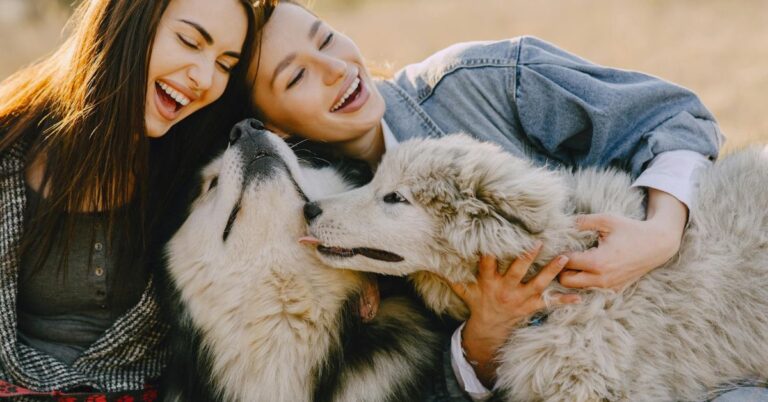30 Dog Training Tips Every New Owner Should Know
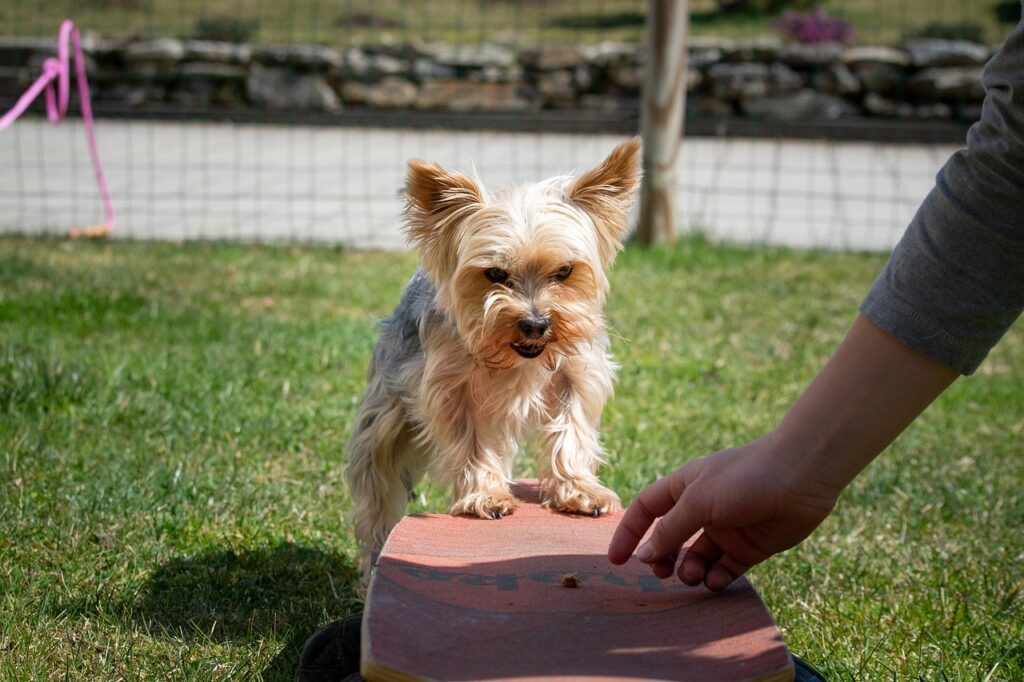
Bringing a dog into your life is exciting—but training? That’s where things get real. Whether you’re raising a rambunctious puppy or adopting an older dog, proper training builds trust, prevents problems, and helps your dog thrive. These 30 tips are practical, encouraging, and easy to follow—perfect for new dog owners who want a well-behaved companion without the stress.
Start Training on Day One
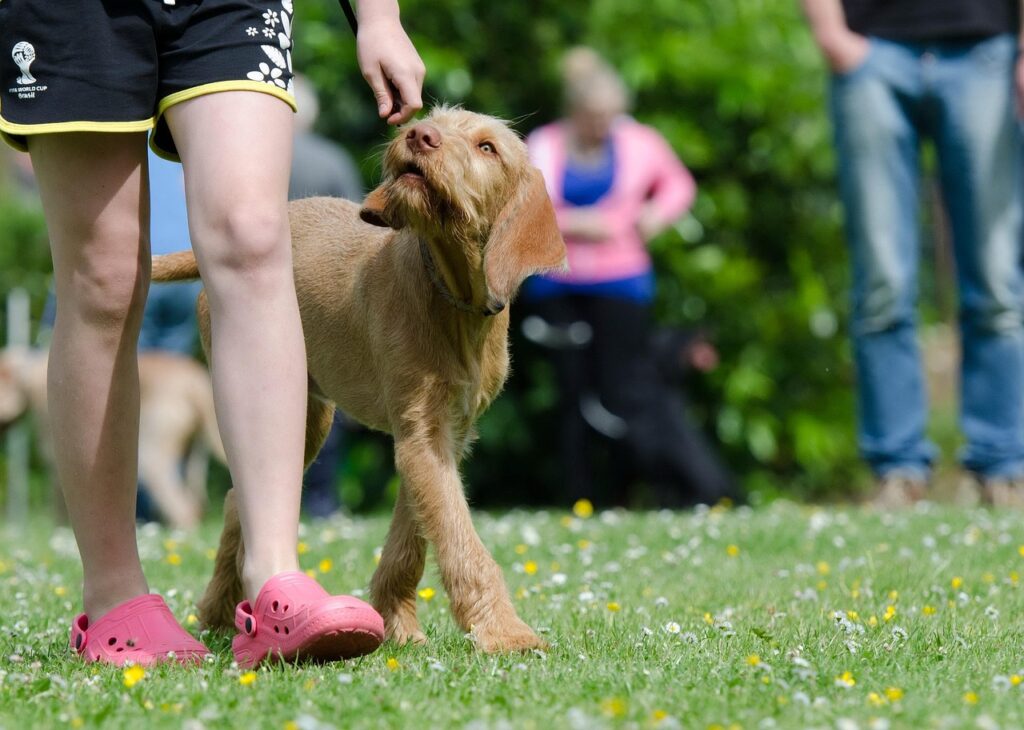
The moment your dog enters your home, they’re learning. Waiting “until they settle” often results in bad habits forming. Establish clear expectations immediately. Even simple commands and boundaries make a difference. Early guidance helps your dog feel secure, understand the structure, and begin bonding with you through positive, rewarding experiences from the very beginning.
Keep Training Sessions Short and Sweet
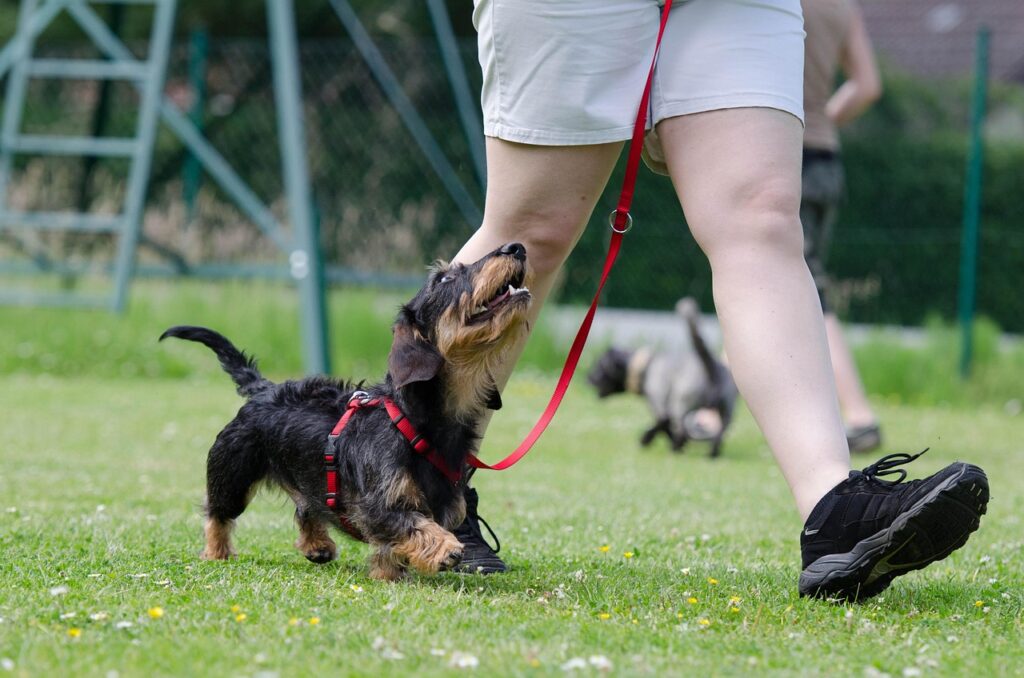
Dogs, especially puppies, can’t focus for long periods. Keep sessions to 5–10 minutes max. Training should be a fun, positive experience—not a boot camp. Frequent, short bursts of learning work better than one long session. Always end on a success, so your dog associates training with encouragement, not exhaustion or confusion.
Be Consistent With Commands and Rules
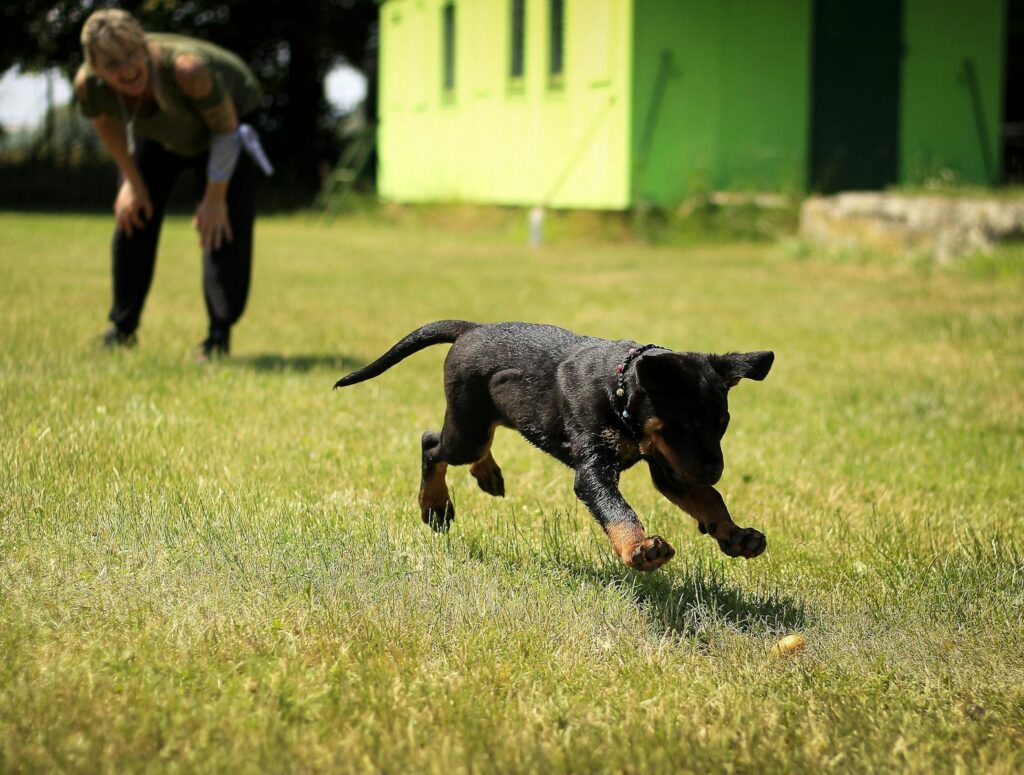
Don’t say “down” one day and “off” the next. Use the same words, tone, and signals for each command. Also, don’t allow a behavior sometimes and then punish it later—your dog won’t understand the difference. Consistency teaches them what’s expected and makes learning faster, smoother, and less frustrating for both of you.
Reward Immediately
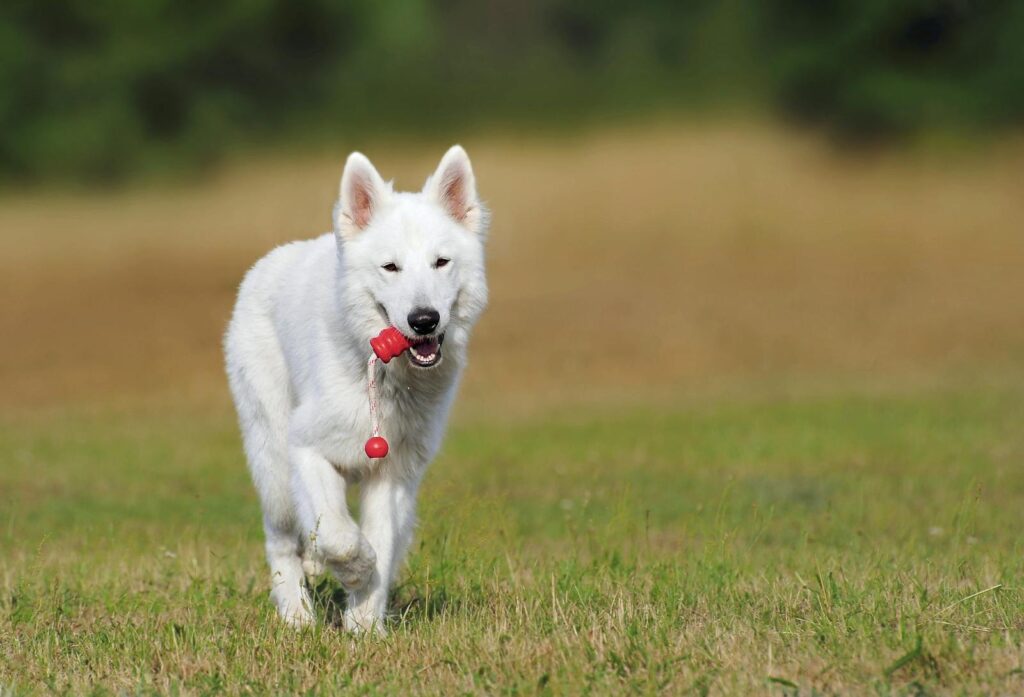
Dogs live in the moment. To connect a reward with a behavior, timing is everything. Praise or give a treat within two seconds of the action. Wait too long, and your dog won’t understand what they’re being rewarded for. Immediate feedback helps them understand what earns the treat—and encourages them to repeat it.
Use Positive Reinforcement Only
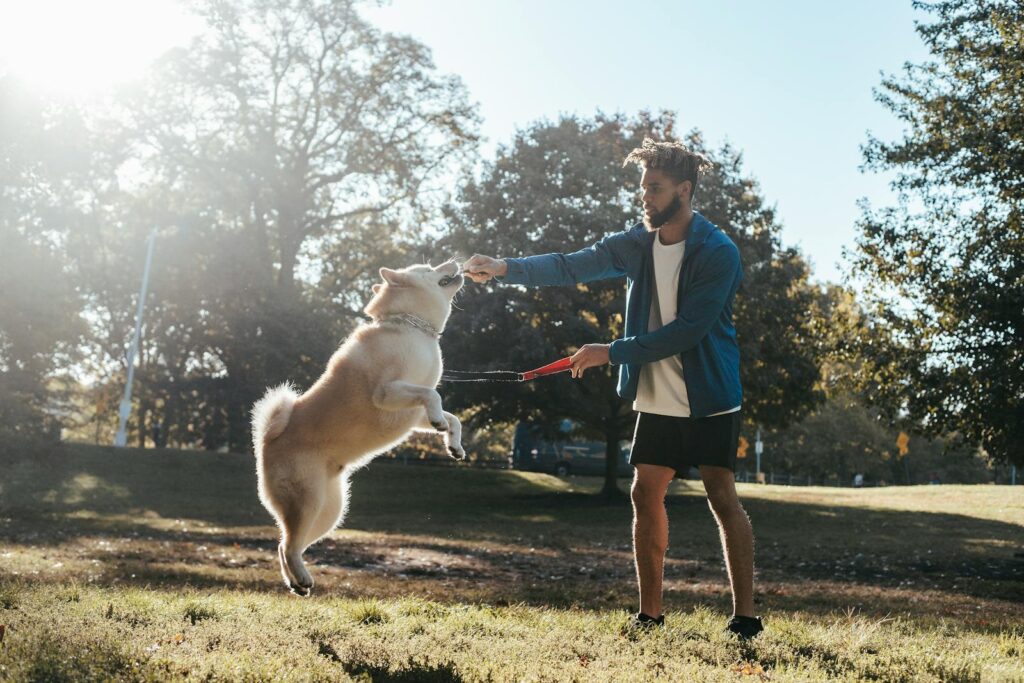
Training rooted in rewards builds trust and confidence. Focus on praising good behavior instead of punishing bad behavior. Treats, toys, play, or verbal praise all work. Harsh discipline or yelling may create fear and anxiety—not obedience. A dog that trusts you will want to work with you, not just avoid punishment.
Teach the Name Game Early
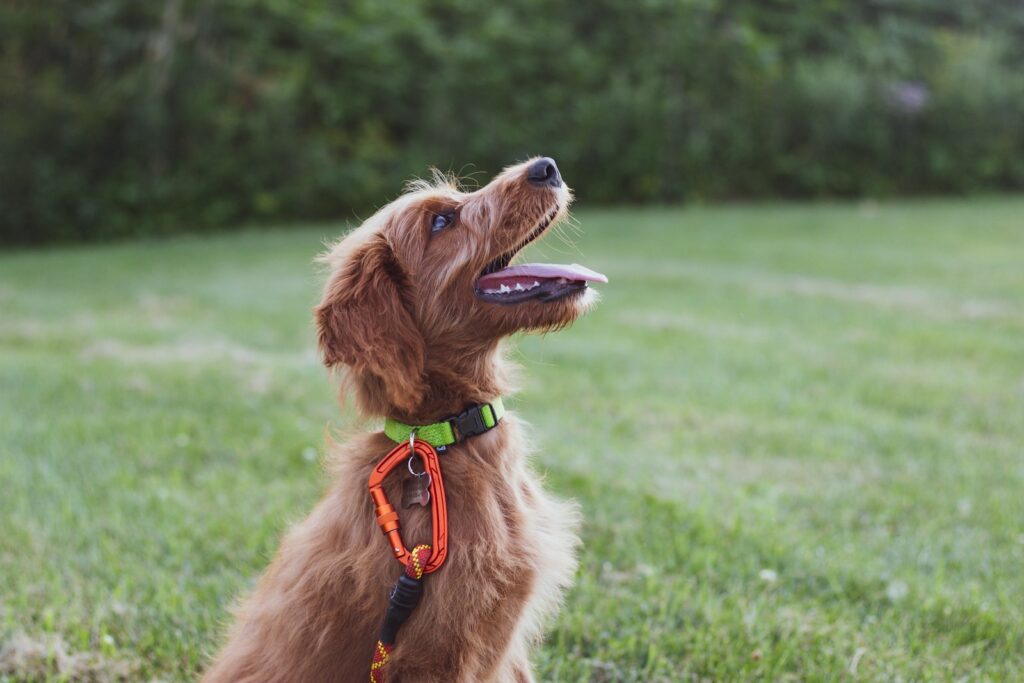
Your dog’s name should mean “look at me.” Say their name in a happy voice and reward them when they make eye contact. This sets the stage for every other command. It builds focus and engagement—and it’s the first step toward a dog that checks in with you instead of wandering off.
Train With High-Value Treats
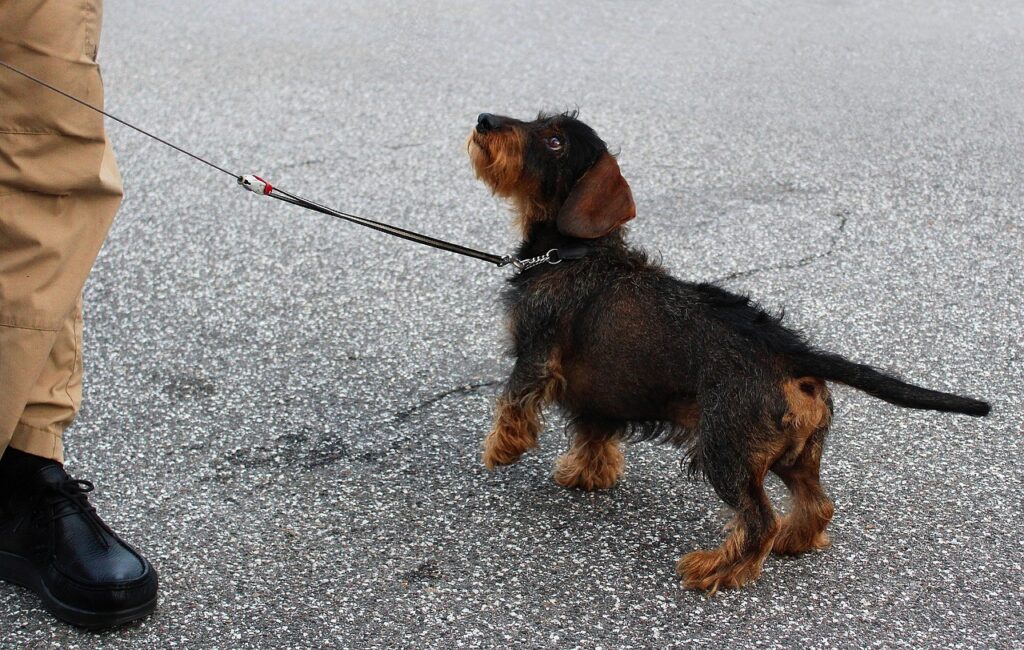
Not all treats are equally motivating. For basic skills at home, kibble might work. But for new tricks or distracting environments, use high-value rewards—think cheese, chicken, or freeze-dried liver. Save the best stuff for the hardest tasks, and your dog will stay excited to learn, even when things get challenging.
Avoid Overusing “No”
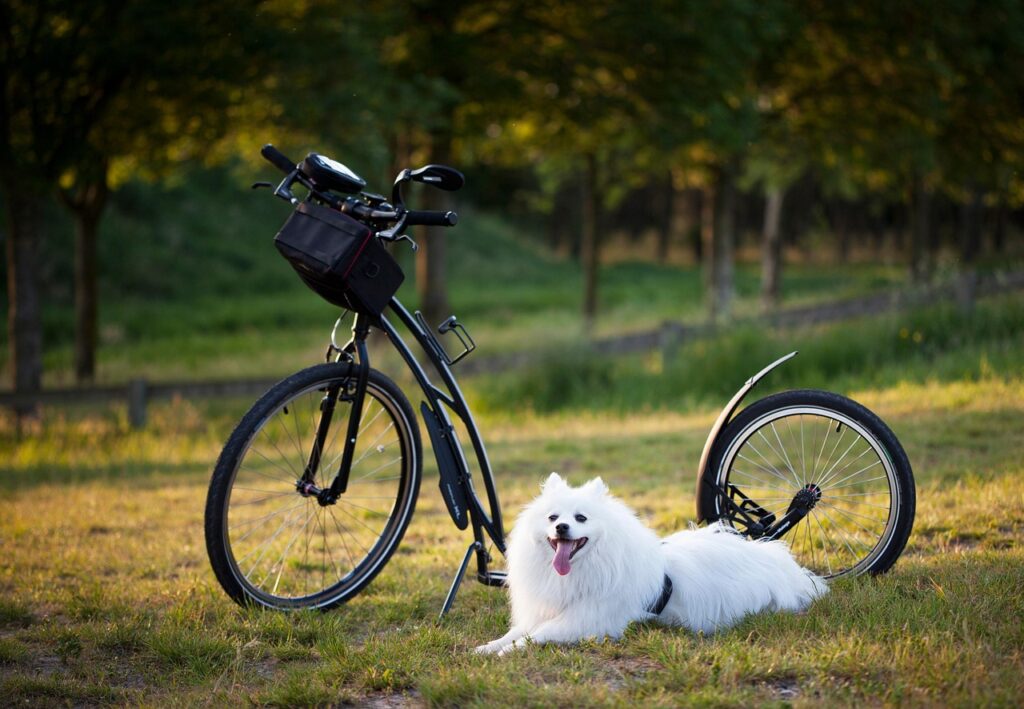
Saying “No” doesn’t tell your dog what to do. It may stop the behavior temporarily, but it doesn’t offer a better alternative. Instead, calmly interrupt and redirect. If they’re chewing your shoe, replace it with a toy and praise them. This approach builds understanding and encourages smarter choices next time.
Practice in Different Settings
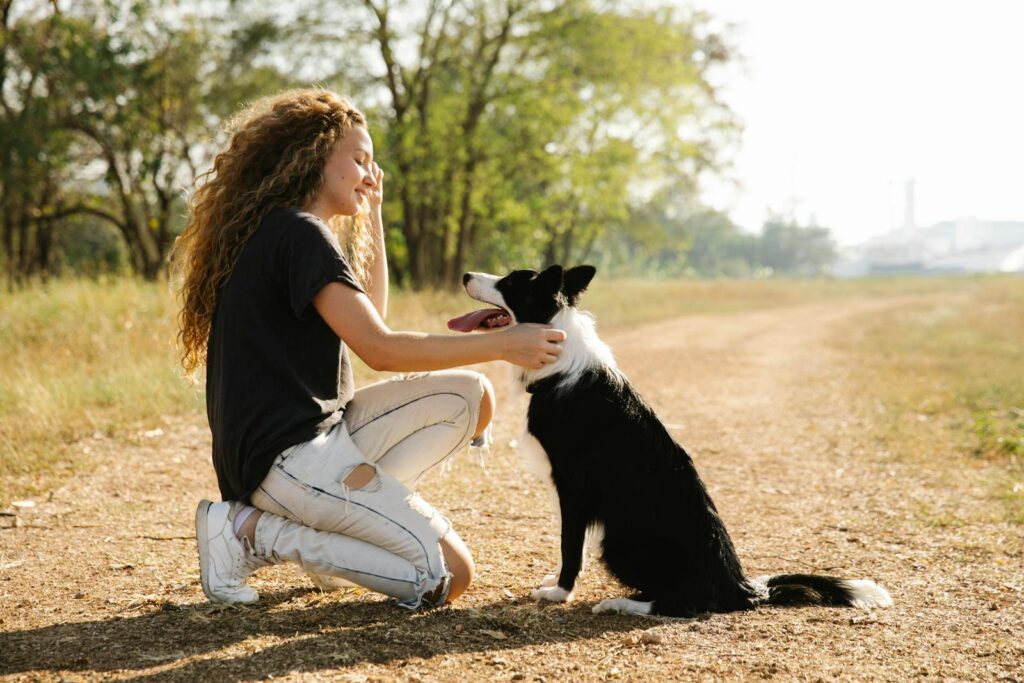
Just because your dog knows “sit” at home doesn’t mean they’ll sit at the park. Dogs struggle to generalize. Practice commands in new environments—backyard, sidewalk, café patio—so your dog learns to respond anywhere. Add distractions gradually, and praise generously when they succeed. Reliability takes practice in real-world conditions.
Use a Marker Word or Clicker
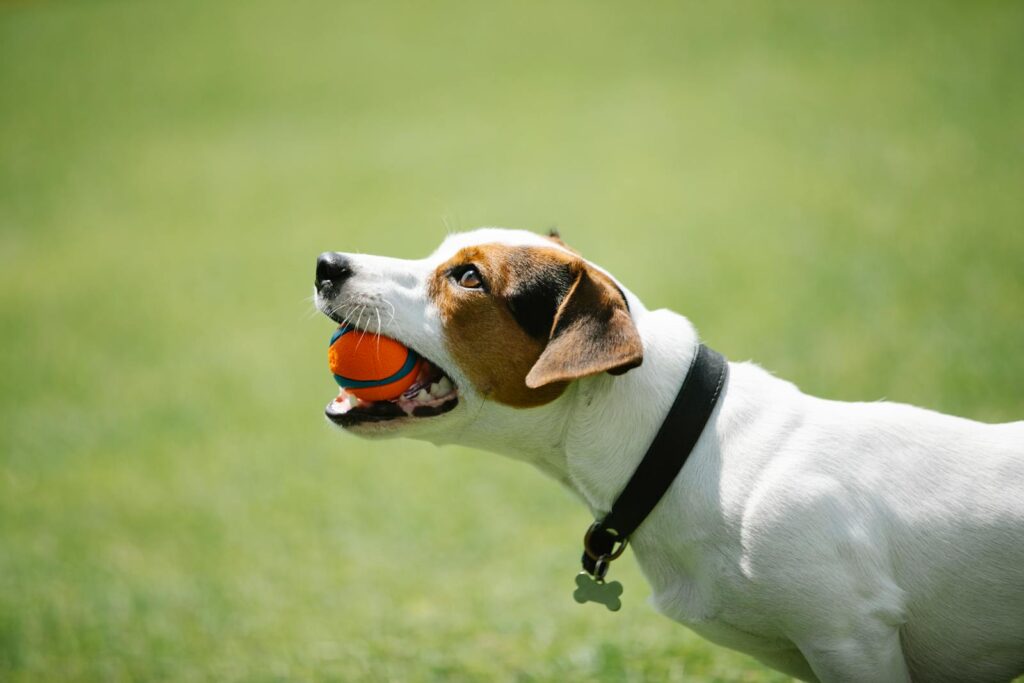
A marker acts like a camera shutter—it tells your dog exactly when they did something right. Use a consistent word like “Yes!” or a clicker the instant the correct behavior happens, followed by a treat. This sharp timing makes learning much faster. Your dog begins to associate the action, the sound, and the reward as one success.
Introduce Crate Training Positively
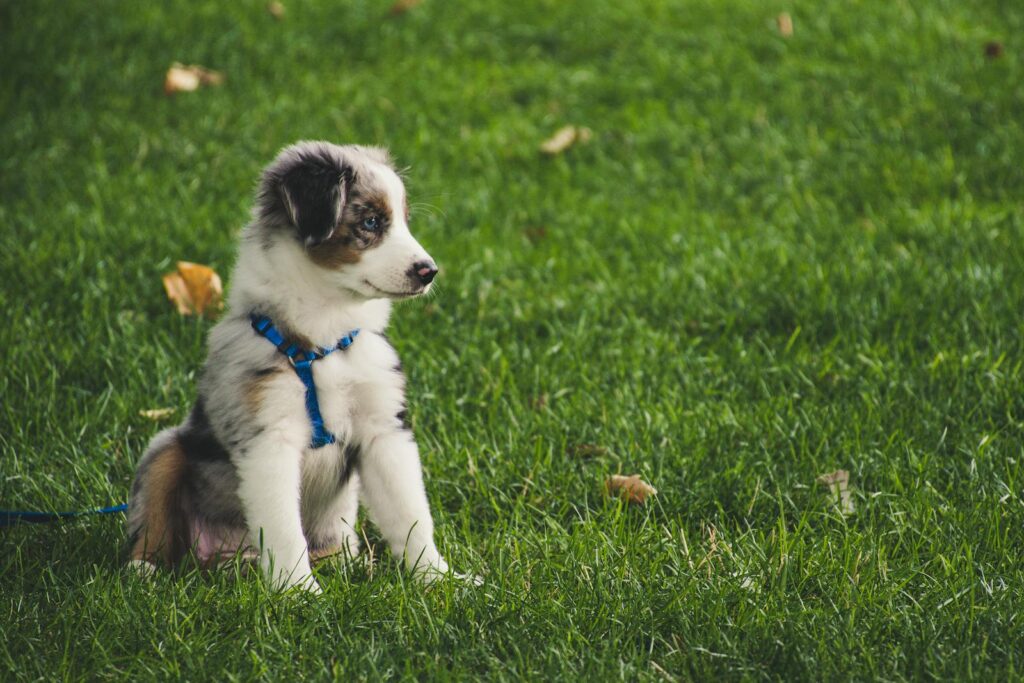
A crate should never feel like punishment. Think of it as your dog’s bedroom—cozy, quiet, and safe. Use treats, toys, and praise to create positive associations. Feed meals inside the crate and leave the door open at first. Gradually extend the time spent inside. A properly introduced crate becomes a powerful tool for training, travel, and calm routines.
Train Before Meals
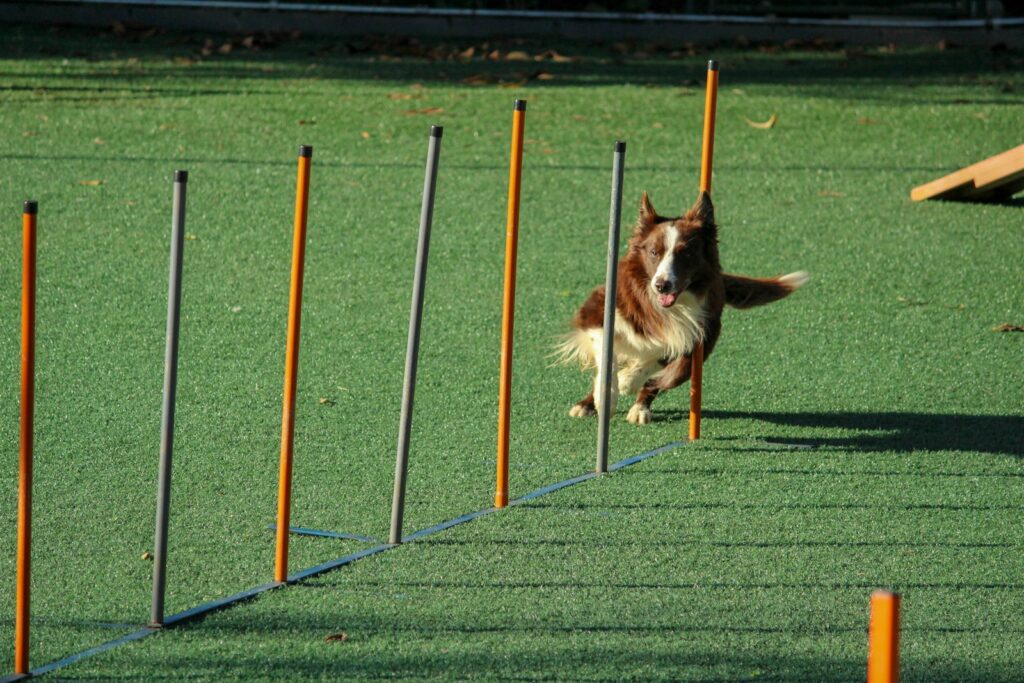
Training right before mealtime taps into your dog’s natural food drive. A slightly hungry dog is far more eager to earn treats and pay attention. Use this time to reinforce obedience or introduce a new trick. It’s a simple hack to improve focus, reduce the need for extra treats, and make training part of your daily routine.
Socialize Thoughtfully, Not Recklessly
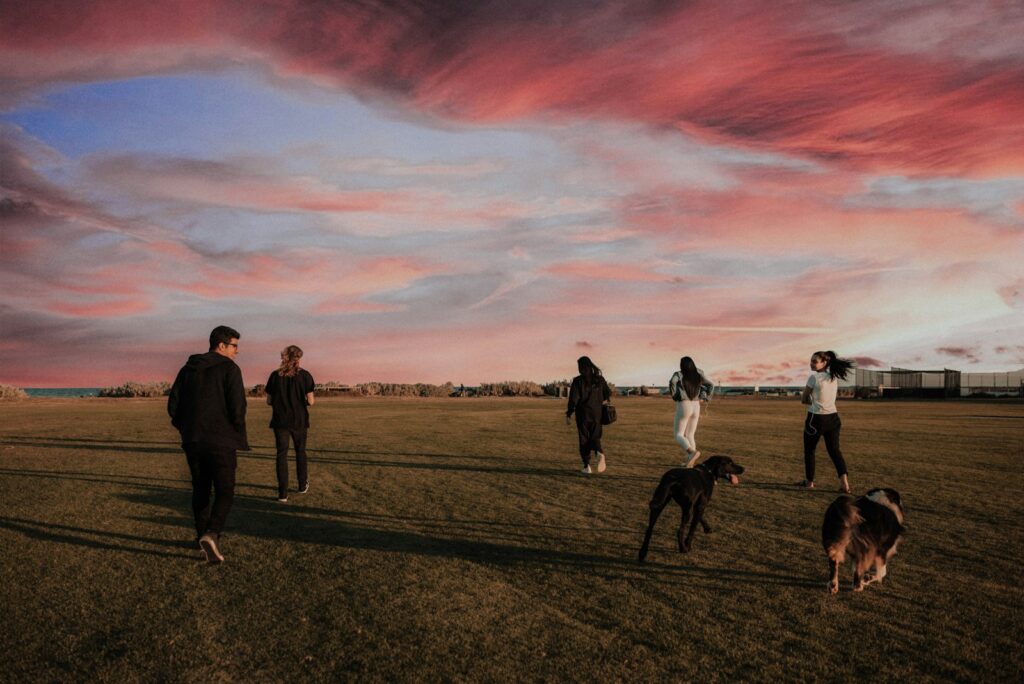
Socialization is crucial, but flooding your dog with chaos isn’t helpful. Instead of overwhelming them at a dog park, start small—meeting one calm dog, walking near traffic, or visiting a quiet café. Expose them to new sights, sounds, and people gradually. Positive experiences build confidence and reduce fear-based behavior as your dog grows into adulthood.
Reinforce Good Behavior All Day Long
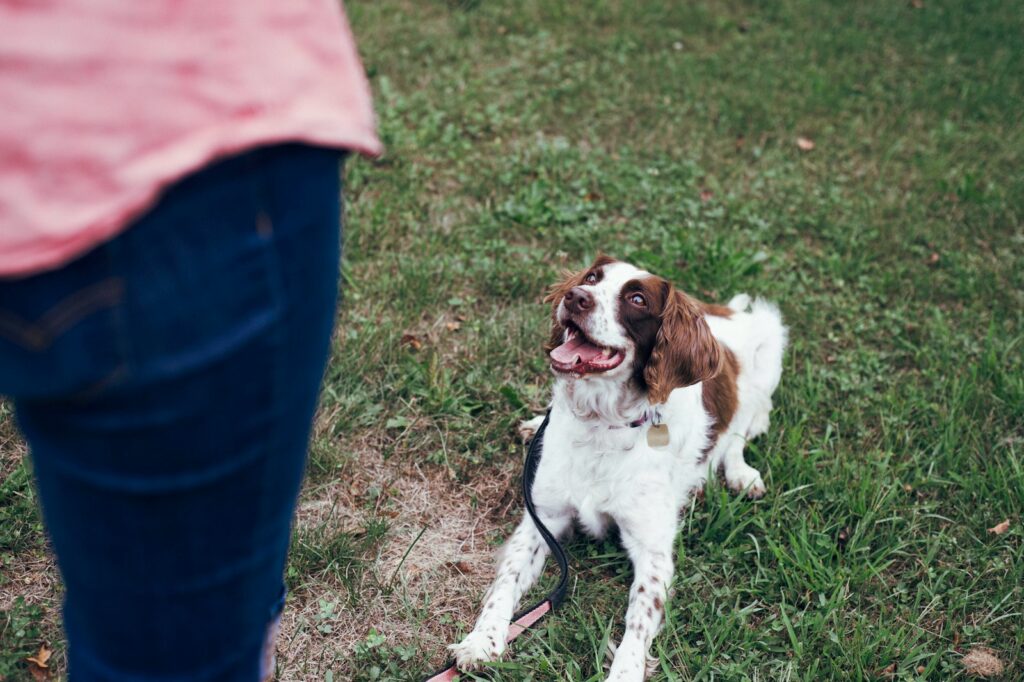
Training doesn’t stop when the “lesson” ends. Real progress happens when you catch and reward your dog outside of sessions. Praise calm behavior, reward polite greetings, or ask for a sit before giving meals. These moments reinforce manners and obedience in everyday life—and your dog starts choosing good behavior without needing a cue every time.
Be Patient With the Process
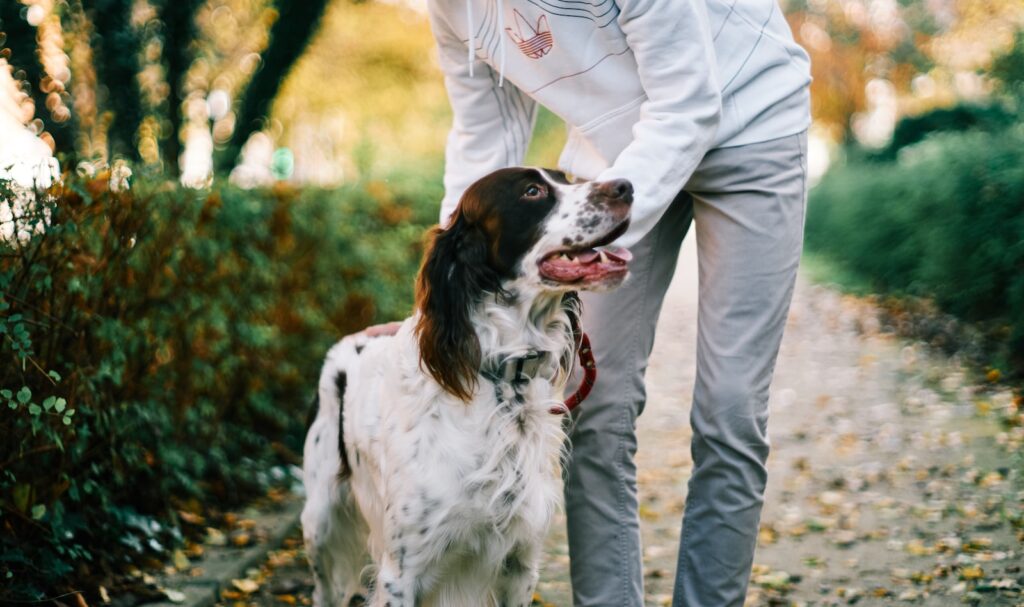
Training takes time, repetition, and emotional control. Your dog isn’t trying to frustrate you—they’re learning how to live in a human world. Expect setbacks, and resist the urge to rush. When you stay calm and celebrate small wins, your dog feels safe trying again. Patience isn’t just kind—it’s one of the most powerful training tools you have.
Focus on One Command at a Time
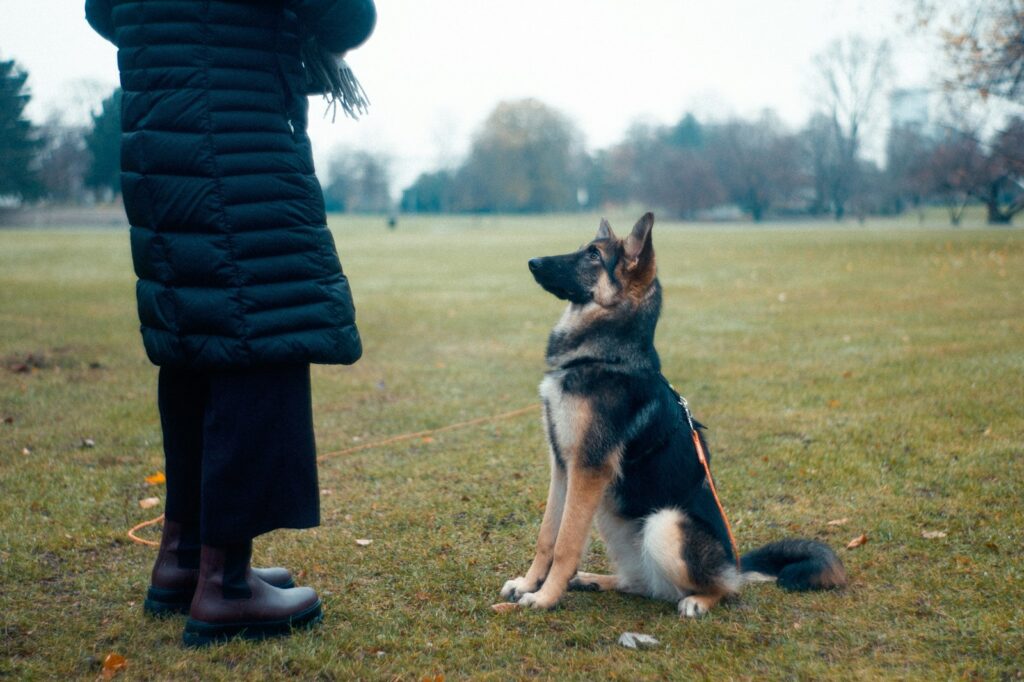
Teaching multiple new commands at once can overwhelm your dog. Focus on one skill until it’s solid, then move on. “Sit” today, “Stay” tomorrow. Mastery comes from repetition, not multitasking. Keeping lessons focused helps your dog succeed faster—and prevents confusion when trying to remember what each word or gesture is supposed to mean.
Don’t Train When You’re Frustrated
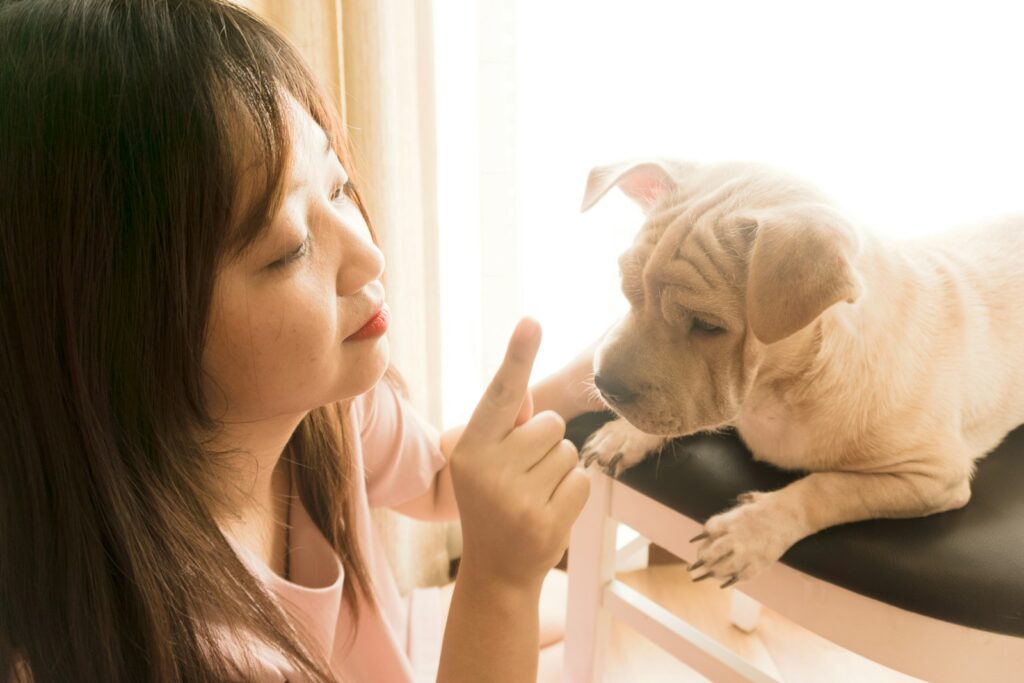
If you’re having a rough day, skip the training session. Dogs are sensitive to our energy, and frustration can confuse or stress them. It’s better to skip one session than to damage your dog’s trust. Training works best when you’re calm, patient, and fully present—not when you’re trying to rush or blow off steam.
Use Clear, Simple Language
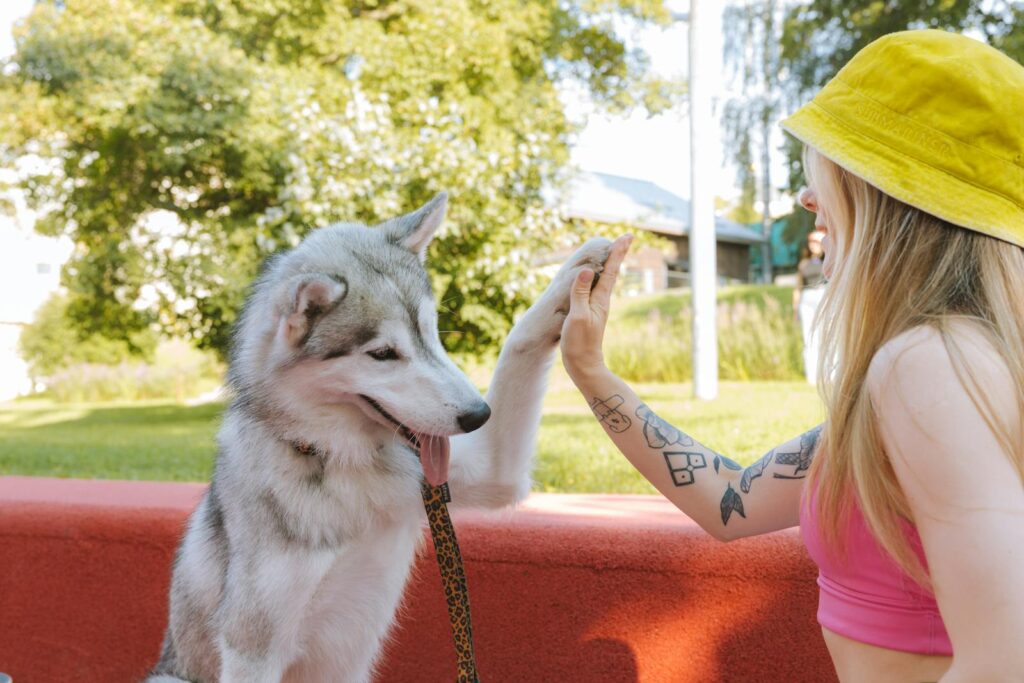
Dogs don’t speak English, so don’t complicate things. Stick with short, consistent commands—“Sit,” “Down,” “Come.” Avoid sentences like “Could you sit down for me?” The more precise and repetitive your words, the quicker your dog will understand what you want. Pair commands with consistent tone and hand signals to reinforce meaning even more clearly.
Incorporate Hand Signals

Dogs often respond better to visual cues than verbal ones, especially in noisy environments. Teach hand signals alongside verbal commands from the start. A flat palm for “stay” or finger-point for “down” helps reinforce understanding. Over time, your dog may follow your gestures even when they can’t hear you—especially useful with senior or hearing-impaired dogs.
Make Recall a Game

“Come” can save your dog’s life, so make it the most rewarding word they ever hear. Practice at home, then in safe outdoor spaces. Use excited tones, happy body language, and high-value treats. Never call your dog for something negative (like a bath) right after—they’ll learn to avoid you. Always make recall worth it.
Use Leash Time as Training Time
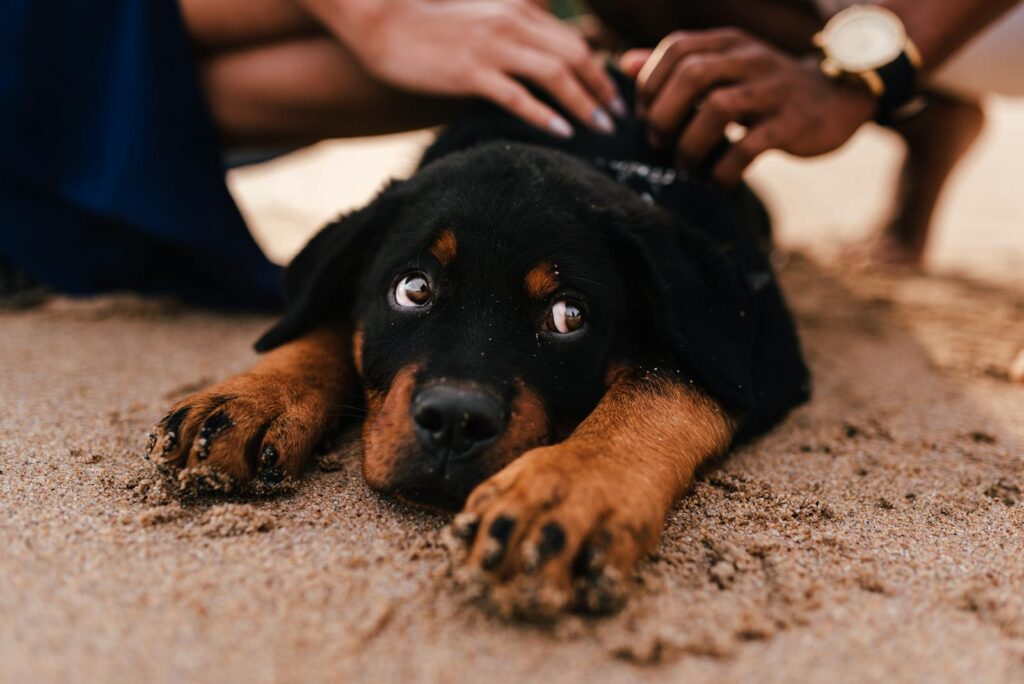
Walks aren’t just exercise—they’re a great chance to reinforce behavior. Practice “heel,” “sit” at curbs, and “leave it” around distractions. Bring treats and reward good manners during the walk. When your dog learns that good behavior gets rewarded even outside the house, they’re more likely to repeat it in exciting real-world situations.
Teach “Leave It” and “Drop It” Early
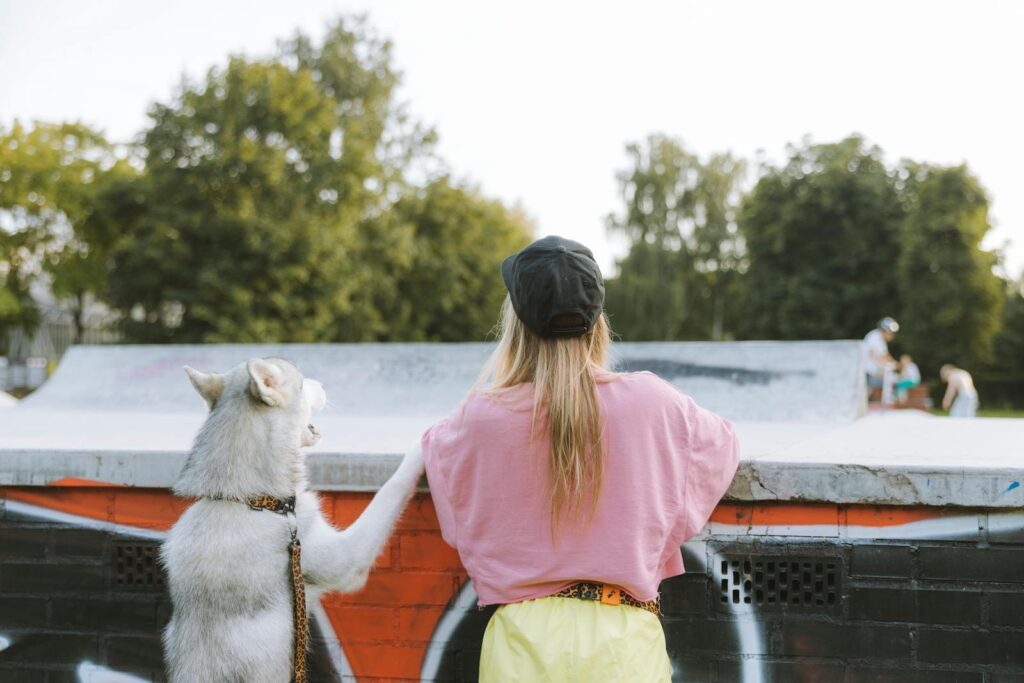
These commands are essential for safety—whether your dog picks up something dangerous or won’t let go of your sock. Start with low-stakes items, use calm voices, and reward instantly when they comply. These cues give you control and can prevent injury, poisonings, or even fights over toys during play.
Proof Commands With Distractions
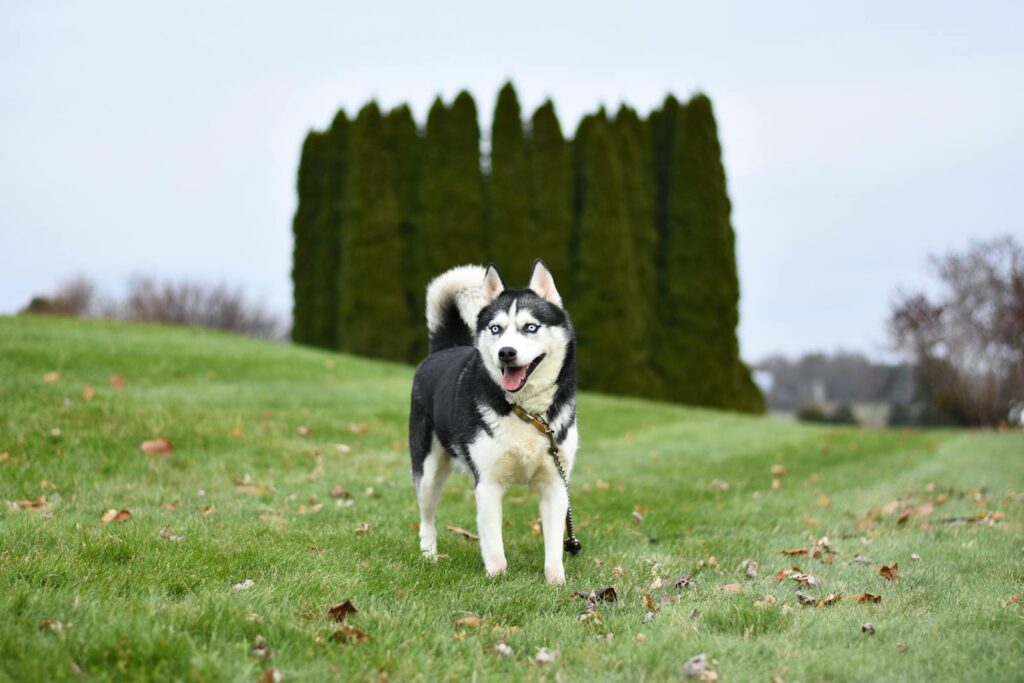
Your dog might ace “stay” in your living room—but can they do it with another dog nearby or the doorbell ringing? Practice commands gradually around distractions, starting small and increasing difficulty. Proofing builds real-world reliability and confidence. The goal isn’t perfection but calm obedience even when something exciting or unexpected happens.
Celebrate Small Wins
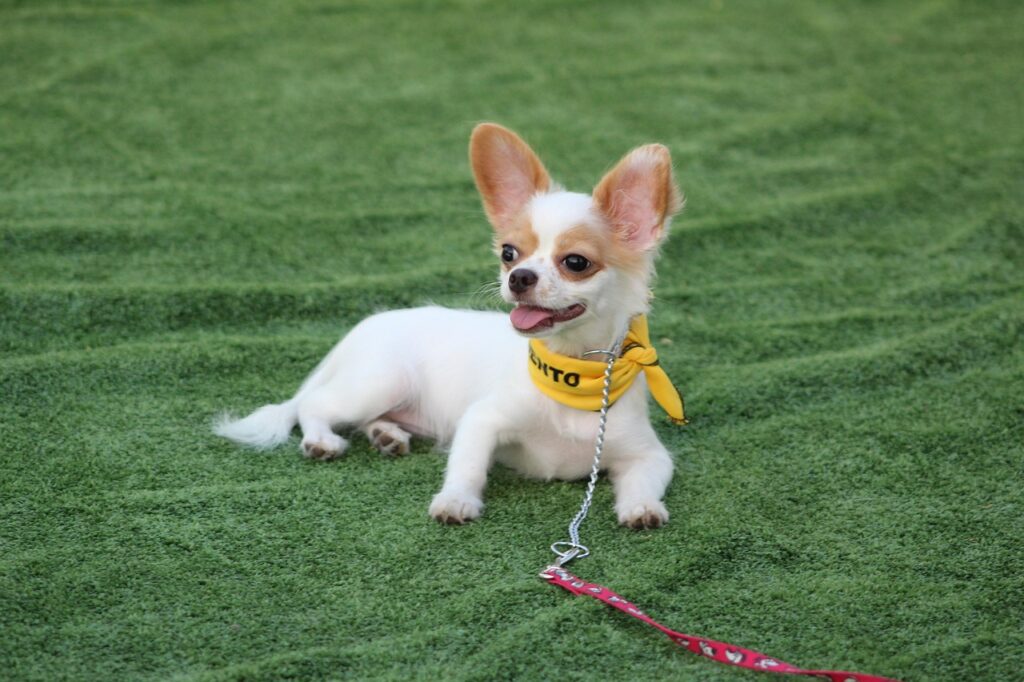
Training isn’t all or nothing. Maybe your dog didn’t hold the full “stay,” but they paused instead of chasing a squirrel. That’s progress. Celebrate steps in the right direction. Acknowledging improvement—not just perfection—keeps training fun and motivating for both of you and builds trust that you’re on their team.
Practice Daily, Even for a Few Minutes
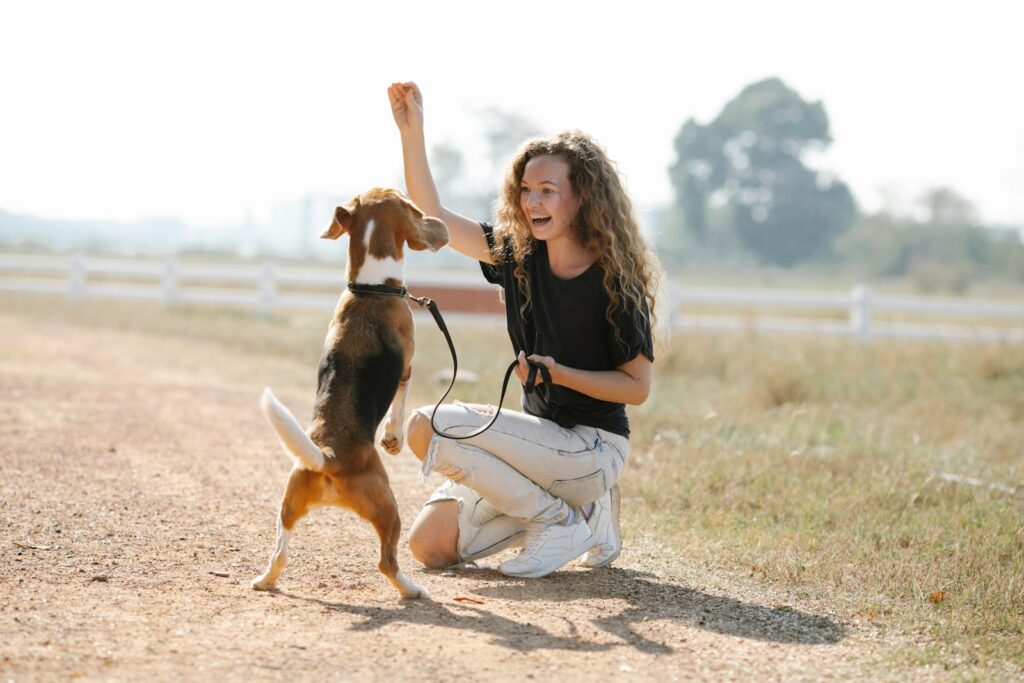
Consistency beats intensity. Even five minutes of training each day can make a huge impact over time. Use commercial breaks, quiet mornings, or after-dinner time to practice a skill. Regular repetition builds habit, strengthens your bond, and keeps your dog’s brain engaged—without needing a big block of time or a full lesson plan.
Don’t Compare Your Dog to Others
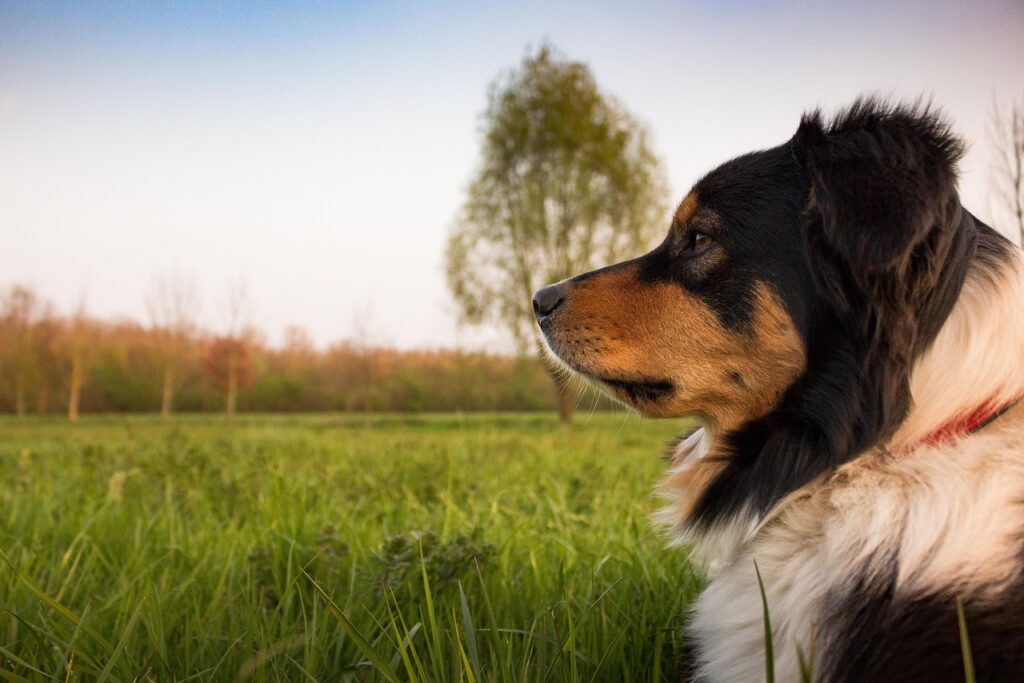
Every dog has a different background, learning speed, and personality. Comparing your dog to others—especially social media superstars—sets unrealistic expectations. Focus on your dog’s progress and celebrate their unique strengths. Confidence and trust flourish when you meet your dog where they are, not where someone else’s dog happens to be.
Reward Calm Behavior
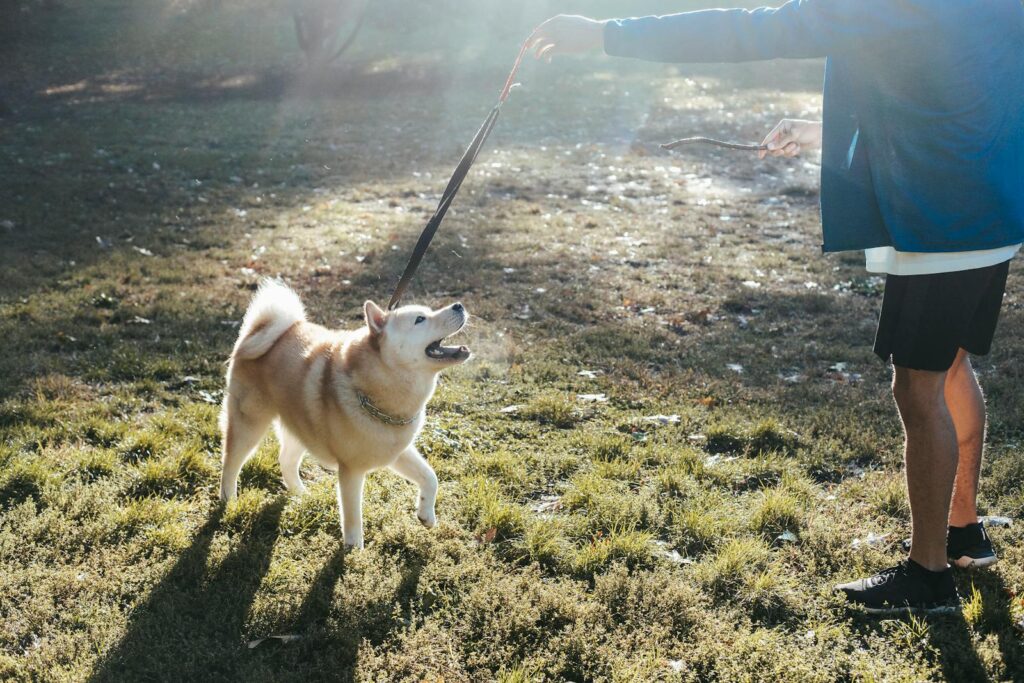
It’s easy to ignore your dog when they’re being good and only react when they’re not. But if you reward calmness—like lying quietly during dinner or waiting patiently at the door—they’ll do it more often. Dogs learn what works, so praise them for the chill moments just as much as the flashy tricks.
Avoid Repeating Commands
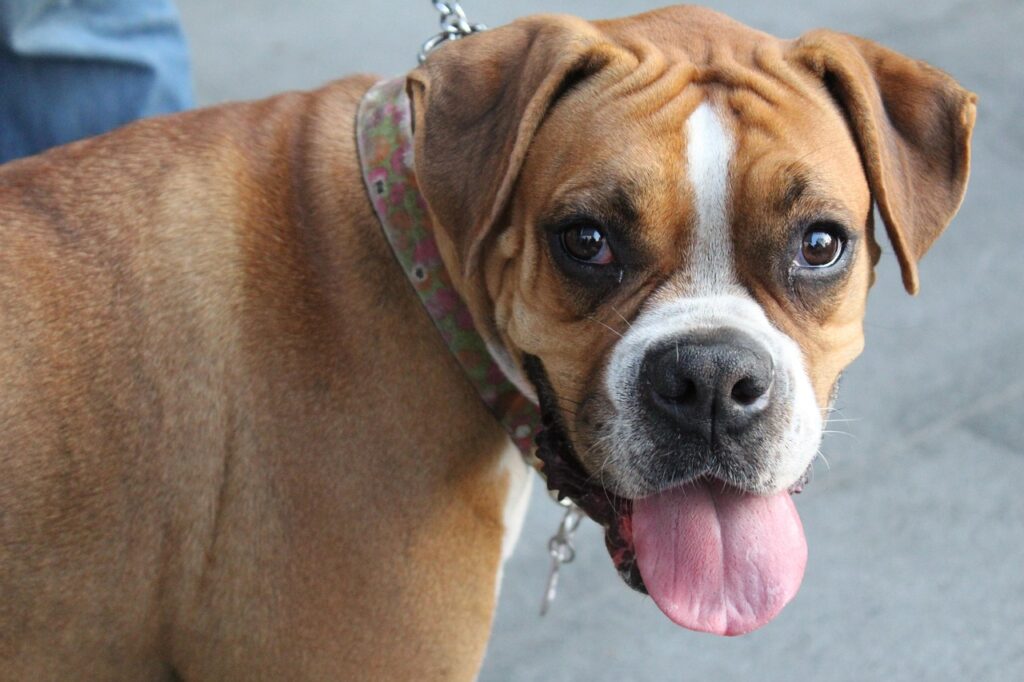
Saying “Sit, sit, sit!” just teaches your dog that ignoring you once is okay. Give a command once and wait a few seconds. If they don’t respond, try guiding them or resetting. Repeating commands weakens them over time, while clear, confident direction builds obedience and respect.
Redirect, Don’t Scold

Instead of punishing bad behavior, teach what to do instead. If your dog jumps on guests, train them to sit for attention. If they chew furniture, offer a toy and praise them for using it. Redirection helps dogs learn more appropriate behavior without making them nervous or afraid to try.
Make Training Part of Everyday Life
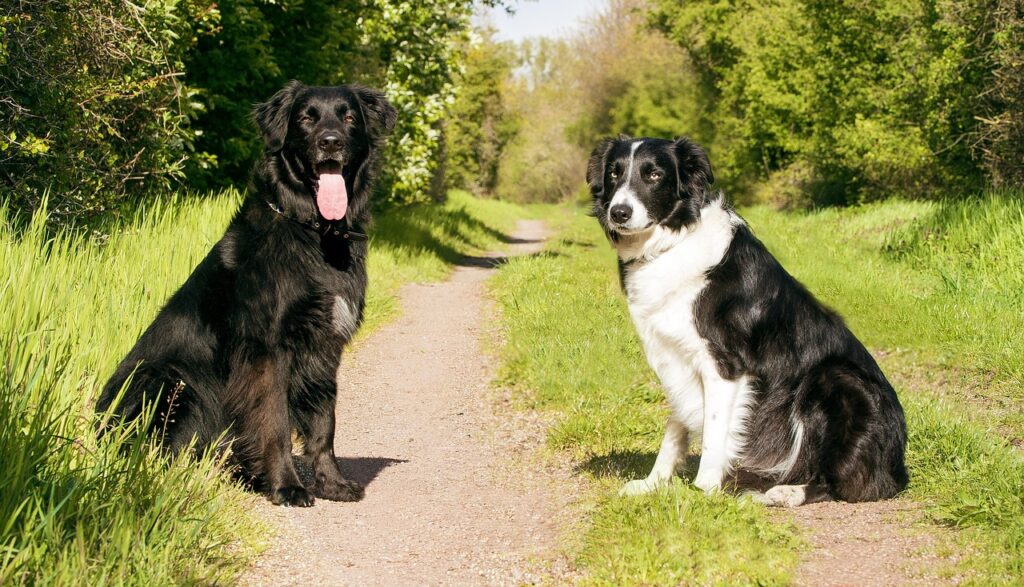
Training doesn’t need to happen in a formal setting. Ask for a “sit” before dinner, “wait” at doorways, or “down” during TV time. These mini-moments build habits and reinforce obedience naturally. When training blends into daily routines, your dog learns that good behavior is always part of the deal—not just during lessons.





